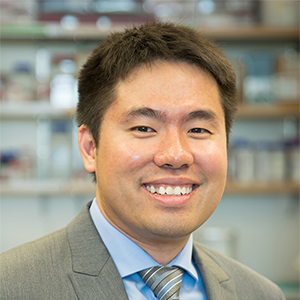Direct Reprogramming of Fibroblasts into Embryonic Sertoli-like Cells by Defined Factors
Sertoli cells are considered the “supporting cells” of the testis that play an essential role in sex determination during embryogenesis and in spermatogenesis during adulthood. Their essential roles in male fertility along with their immunosuppressive and neurotrophic properties make them an attractive cell type for therapeutic applications. Here we demonstrate the generation of induced embryonic Sertoli-like cells (ieSCs) by ectopic expression of five transcription factors. We characterize the role of specific transcription factor combinations in the transition from fibroblasts to ieSCs and identify key steps in the process. Initially, transduced fibroblasts underwent a mesenchymal to epithelial transition and then acquired the ability to aggregate, formed tubular-like structures, and expressed embryonic Sertoli-specific markers. These Sertoli-like cells facilitated neuronal differentiation and self-renewal of neural progenitor cells (NPCs), supported the survival of germ cells in culture, and cooperated with endogenous embryonic Sertoli and primordial germ cells in the generation of testicular cords in the fetal gonad.

